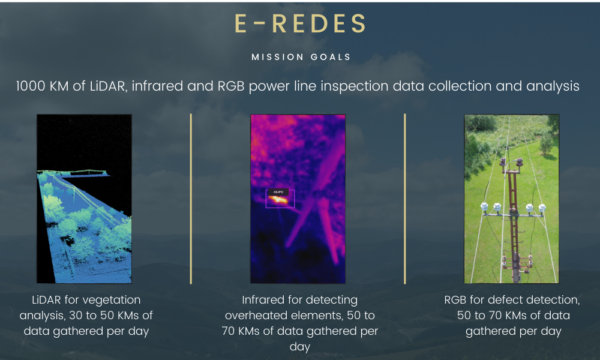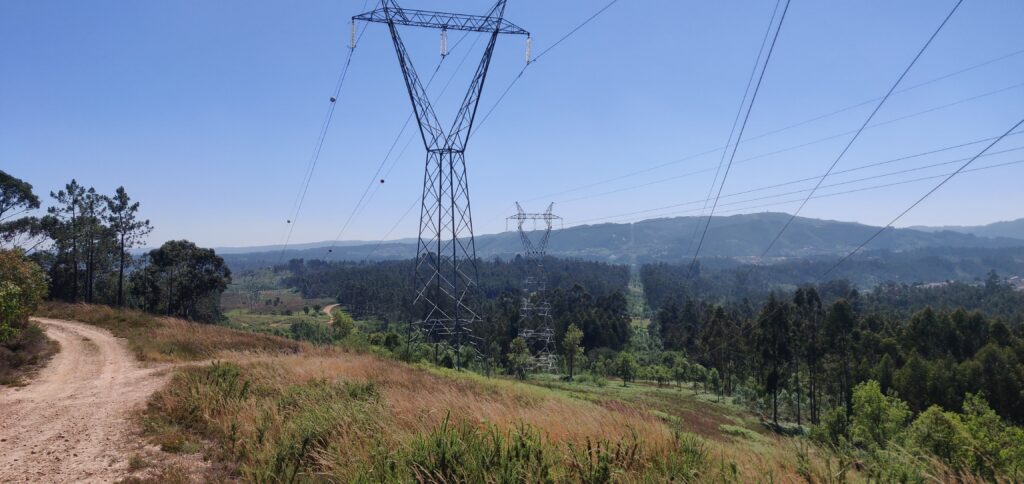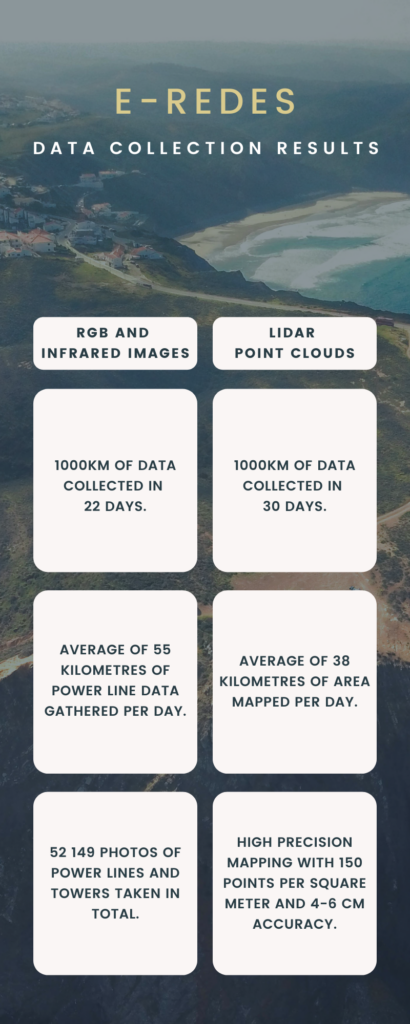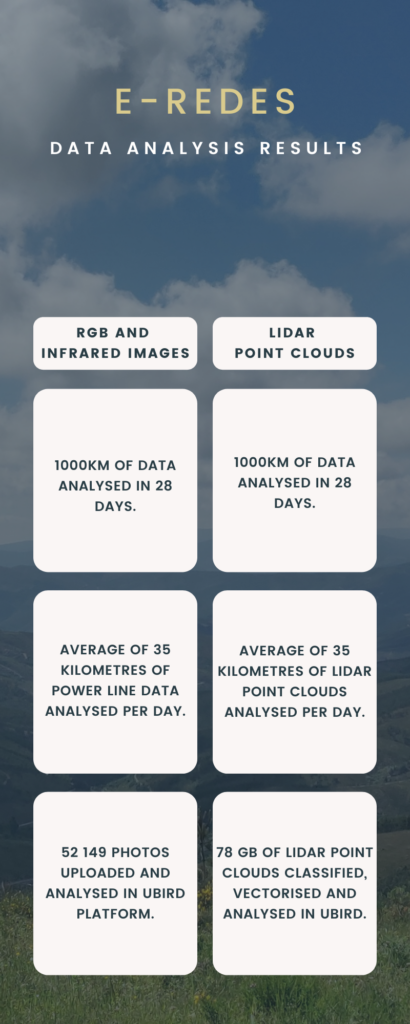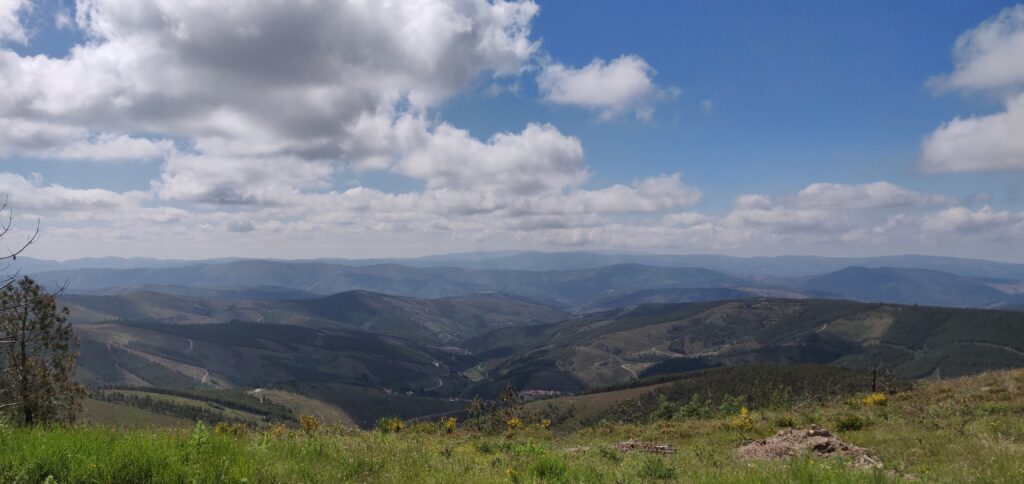Meet the client: E-REDES
E-REDES (previously named EDP Distribuição) is a Portuguese DSO, which brings electricity to 6 million people and covers all of Portugal through its network. It is a majority private company and also the only DSO in Portugal. E-REDES aims to be the reference European operator in the efficient management of electricity distribution networks, ensuring the provision of a public service of excellence focused on the customer. They promote the development of the distribution network that supports the energy transition and ensures, in an exempt manner, the availability of services to market agents.

